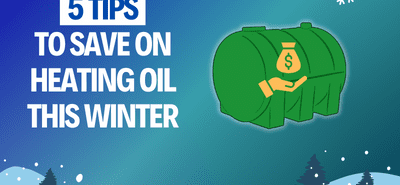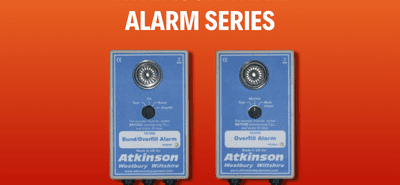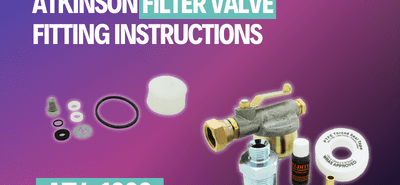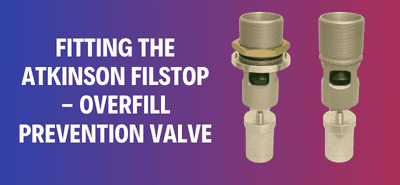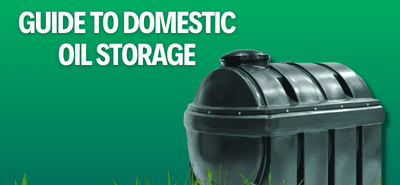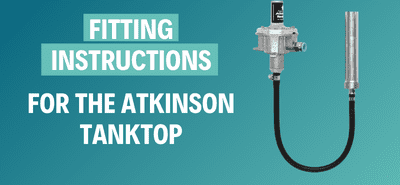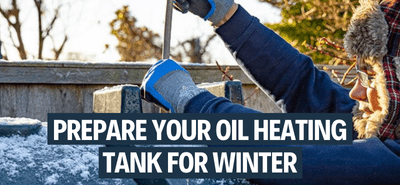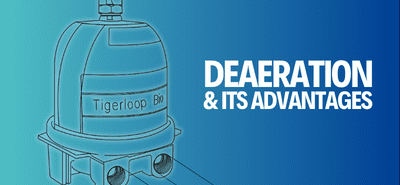Oil De-aeration – Air in your Oil Heating Line
Oil heating problems:
Gas/air in oil
When oil is drawn up from the oil tank to the burner large amounts of gas bubbles can be released from the oil. These gas bubbles are released when there is a negative pressure (vacuum) in the suction line. This occurs in almost every installation, but above all when oil must be lifted to a higher level, drawn through long suction lines or when the suction line is too coarse for the needed oil flow. Air can also enter the suction line if all connections are not 100% tight or if the tank is run empty. The gas/air bubbles flow with the oil into the oil pump and are the leading cause of breakdowns, increased build up of soot, unnecessary wear and tear on the oil pump and higher oil consumption.
Two-pipe systems
The two-pipe system was developed to try and get rid of the gas/air bubbles from the oil pump. A return line pumps the separated gas/air bubbles together with the unburned oil from the oil pump back to the oil tank. This, however, does not reduce the amount of gas/air bubbles that flow to the nozzle for combustion, which leads to an air pocket forming between the oil pump and the nozzle. This air pocket causes dripping from the nozzle each time the oil burner is stopped resulting in increased soot build up and poor fuel efficiency. The high flow of oil in the two-pipe system (up to 20 times more than what is actually used for combustion) leads to increased dirt/sludge being released from the oil tank leading to clogged oil filters and nozzles. The pressurised return line in a two-pipe system is the number one cause of leak damages. Even the smallest leak in the return line can lead to terrible environmental damages and expensive clean up.
One-pipe system without Tigerloop
The one-pipe system without a Tigerloop is not to be recommended. This is due to the increased risk of breakdowns as gas/air bubbles cannot be removed from the oil pump during operation. Such a system will only work as long as the oil is continuously 100% free of gas/air bubbles. Moreover, it is impossible to automatically de-aerate the system during start up or after running the tank empty since a tool is necessary.
Tigerloop makes a one-pipe system possible for all types of oil heating installations helping to ensure environmental safety, cost-effectiveness and reliability.
Effective de-aeration
In an oil heating system using a Tigerloop, all oil passes through the automatic oil deaerator, which effectively removes all gas/air bubbles from the system. This eliminates oil pump and nozzle problems associated with gas/air in the oil.
Own two-pipe circulation
An oil pump delivers the same amount of oil irrespective of what is actually needed for combustion. In the case of a normal domestic burner, only 5 % of the delivered oil is actually burned in combustion. The remaining 95% is transported by a two-pipe system back to the oil tank. With a Tigerloop automatic oil de-aerator no oil needs to be transported back to the tank. The oil that is not burned in combustion is lead back to the Tigerloop where it is de-aerated again and again automatically. For this reason only the amount of oil to be burned in combustion is sucked from the oil tank.


